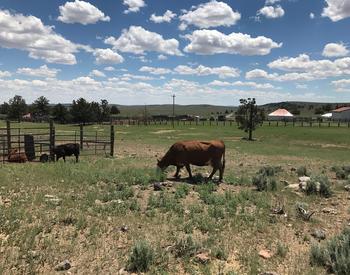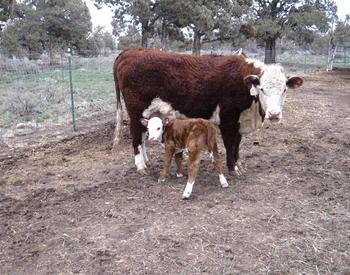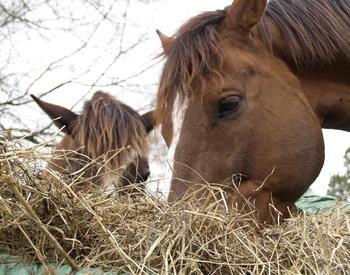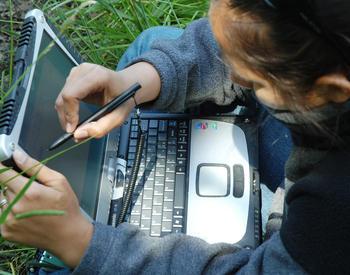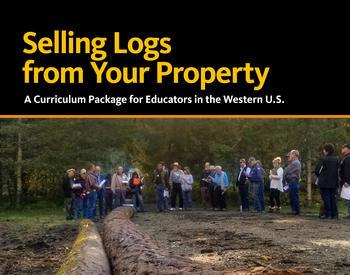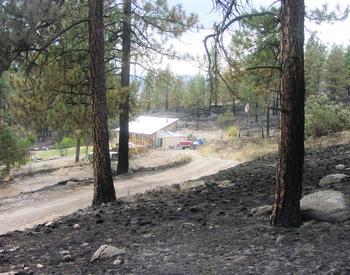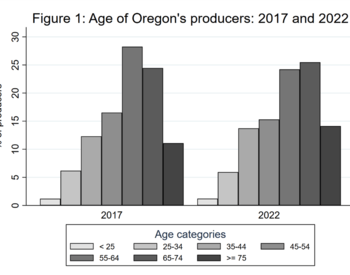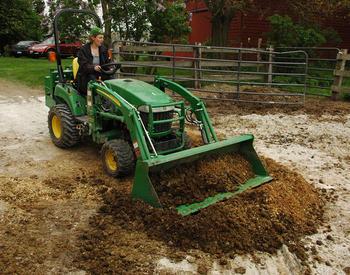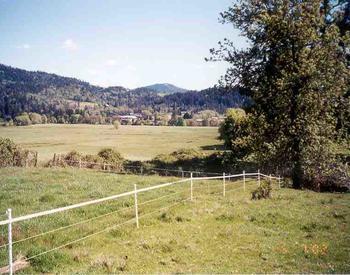CORVALLIS, Ore. – In counties throughout the state, semi-trucks stacked with hay bales pull into Oregon State University Extension Service facilities.
They unload much of it by hand for ranchers who lost feed in the devastating wildfires in September.
“I saw a picture on TV of a hay barn burned down,” said Sam Angima, associate dean for Extension in OSU’s College of Agricultural Sciences. “It got me thinking about the best way to help. I figured, “Why don’t we concentrate where we have a footstep in the state. We help people grow hay and grass. We would not be talking to people we don’t know. We had to step in.”
So, Angima called for Extension agricultural faculty to coordinate the movement of hay and other feed from donations to those in need. He quickly contacted the Oregon Farm Bureau and found they’d spent a day shuffling hay but didn’t have the people or infrastructure to continue. The next day, Angima got a call from Alexis Taylor, director of the Oregon Department of Agriculture, who asked about Extension’s efforts. From that conversation, Taylor and Angima determined Extension was best positioned to take on the role of statewide coordinator.
Within weeks of starting the program, 500 tons had been moved, Angima said, and the project is expected to go on for at least three months. Extension, the Oregon Farm Bureau, the Oregon Cattlemen’s Association and other partners put out the word to their networks and directed people to an online Extension resource where they indicate if they need hay or other feed and how much they need. Those who can, offer hay and/or transportation services.
Feed and trucks aren’t all that’s needed, though. The Oregon Office of Emergency Management stepped up with ropes, tarps and other equipment, Angima said. Without tarps, hay can mildew in the rain and become unhealthy for livestock. Only high-quality hay is accepted.
At the center of the complicated system is Melody Larson, administrative assistant to the associate deans of Extension and academics in the College of Agricultural Sciences. Larson keeps the spreadsheet of supply and demand. Hay is being moved to three locations – the North Willamette Research and Extension Center (NWREC) in Aurora, and fairgrounds in Central Point and Roseburg.
In Union County alone, more than 100 tons of hay has been donated, according to Darrin Walenta, associate professor in cropping systems pest management and Extension agronomist in Baker, Union and Wallowa counties. One shipment was 85 tons, another was 24. Big trucks were lined up.
“We have a good network of contacts and we have utilized everyone’s resources to get this stuff where it’s meant to be,” Walenta said. “A lot of folks were able to get connected and get it there quickly. Transportation is definitely the hardest part.”
Jenifer Cruickshank, Extension faculty with a specialty in dairy management in the Willamette Valley, is coordinator of the program at NWREC. She’s overseeing an exit survey using a QR code that will indicate if more hay is needed so that too much of it doesn’t pile up and spoil. Need is keeping up with donations so far, Cruickshank said.
“As we worked on this, it became obvious that those who lost hay have hundreds of cows,” Angima said. “There won’t be any feed in winter so we need to keep going as long as there’s demand. We’re asking people how much they lost, how much they need and what they need. We’ve become a very good nexus for helping people.”
